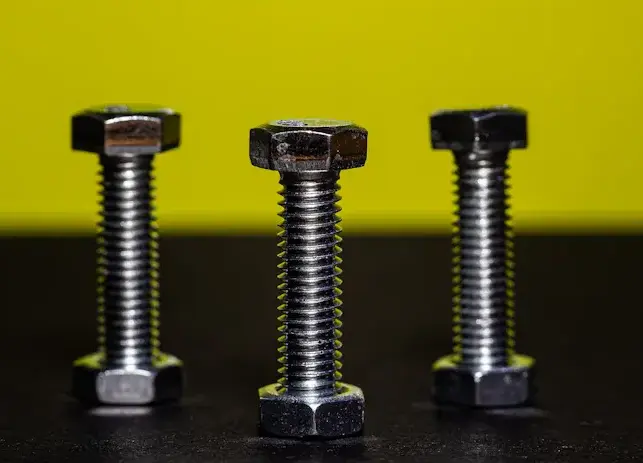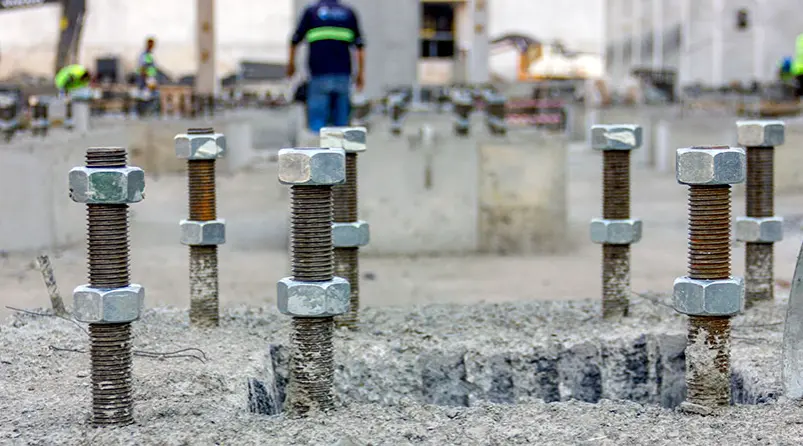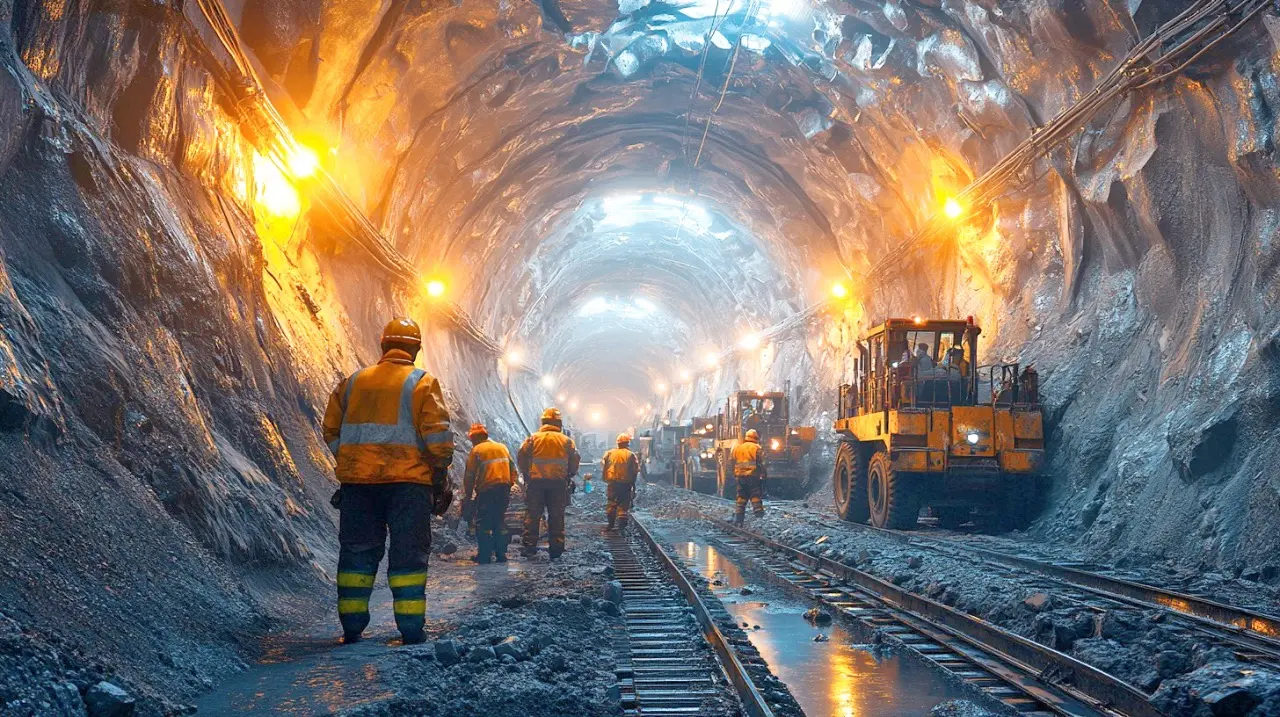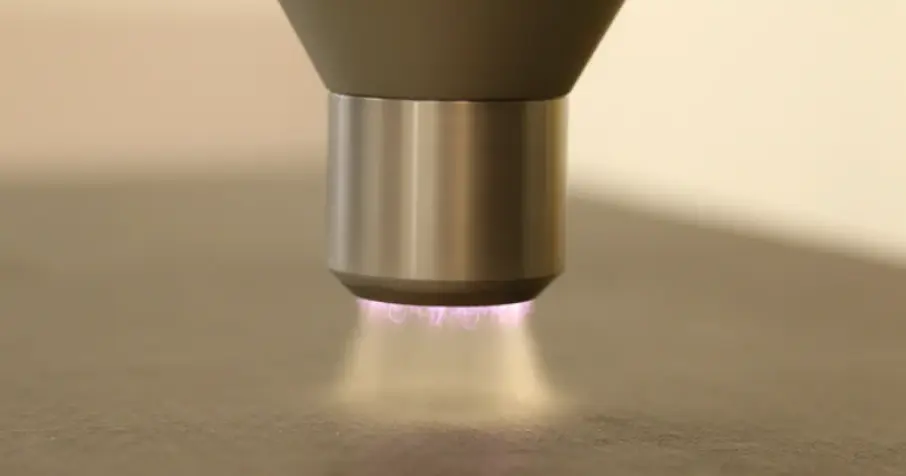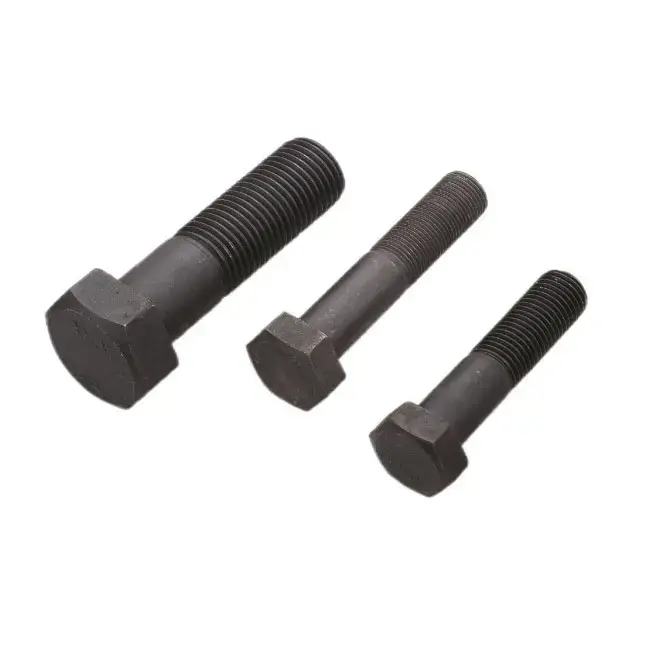CNC Machining Explained: Processes, Types, and Applications
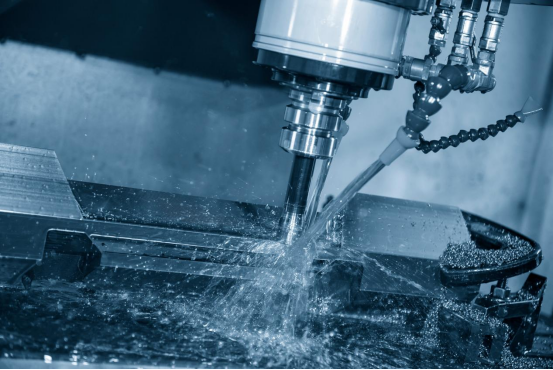
Cnc Machining is a process where computers control tools to shape materials with extreme accuracy. You can use it to create complex parts faster and more efficiently than manual methods. This technology ensures consistent quality. It also helps you scale production without sacrificing precision, making it a key tool in modern manufacturing.
Key Takeaways
· CNC machining uses machines to make parts with great accuracy.
· It works with many materials like metal, plastic, and composites. This makes it useful for lots of industries.
· CNC machining keeps quality the same, perfect for big or custom jobs. It helps save time and boosts productivity.
CNC Machining: Definition and Core Principles
What is CNC machining?
CNC machining is a manufacturing process where computers control machines to shape materials. The term "CNC" stands for Computer Numerical Control. This process allows you to create parts with high precision by following programmed instructions. Unlike manual machining, CNC machining automates the cutting, drilling, and shaping of materials. This makes it faster and more accurate.
You can use CNC machining to produce both simple and complex designs. It is widely used in industries like aerospace, automotive, and electronics. The ability to repeat the same process with consistent results makes it ideal for mass production. Whether you need a single prototype or thousands of identical parts, CNC machining can meet your needs.
How CNC machining works
CNC machining works by converting a digital design into machine instructions. These instructions, called G-code, tell the machine how to move and what actions to perform. You start by creating a 3D model of the part you want to produce using computer-aided design (CAD) software. Then, you use computer-aided manufacturing (CAM) software to generate the G-code.
Once the machine receives the instructions, it begins the machining process. The machine's tools, such as drills or cutters, move along multiple axes to shape the material. For example, a CNC milling machine can move in three directions: X, Y, and Z. This allows it to create intricate designs with high accuracy. Sensors and feedback systems ensure that the machine follows the instructions precisely.
Key components of CNC machines
CNC machines consist of several key components that work together to shape materials. Here are the main parts you should know about:
1. Controller: The controller is the brain of the CNC machine. It processes the G-code and sends commands to the machine's motors and tools.
2. Machine Bed: The bed provides a stable surface for the material being machined. It ensures that the material stays in place during the process.
3. Spindle: The spindle holds the cutting tool and rotates it at high speeds. This is essential for cutting, drilling, or shaping the material.
4. Axes: CNC machines have multiple axes that allow the tools to move in different directions. Common configurations include three-axis, four-axis, and five-axis machines.
5. Tool Changer: Some CNC machines have an automatic tool changer. This feature allows the machine to switch between different tools without manual intervention.
6. Coolant System: The coolant system prevents the machine and material from overheating. It also helps remove debris from the cutting area.
Each component plays a crucial role in ensuring the machine operates efficiently. Understanding these parts can help you choose the right CNC machine for your project.
Types of CNC Machines and Processes
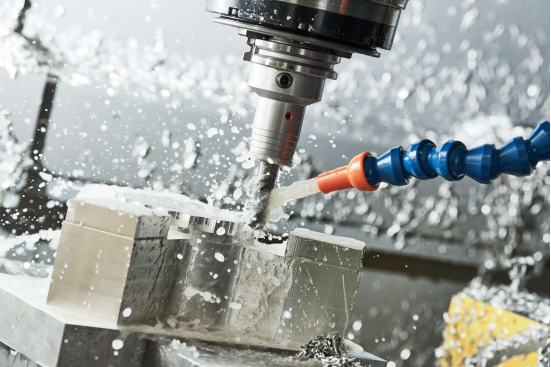
CNC milling machines
CNC milling machines are among the most versatile tools in manufacturing. These machines use rotating cutting tools to remove material from a workpiece. You can create intricate shapes and designs by programming the machine to move along multiple axes. Most CNC milling machines operate on three axes (X, Y, and Z), but advanced models can include up to five axes for more complex tasks. These machines are ideal for producing parts with detailed features, such as slots, holes, and pockets.
CNC lathes and turning centers
CNC lathes and turning centers specialize in creating cylindrical parts. Unlike milling machines, these machines rotate the workpiece while a stationary cutting tool shapes it. You can use CNC lathes to produce components like shafts, bushings, and threaded parts. Turning centers often include additional features, such as live tooling, which allows for milling and drilling operations during the turning process. This makes them highly efficient for producing both simple and complex designs.
Other CNC machines (e.g., plasma cutters, laser cutters, EDM)
Other types of CNC machines include plasma cutters, laser cutters, and electrical discharge machines (EDM). Plasma cutters use a high-temperature plasma arc to cut through metals, while laser cutters rely on focused light beams for precise cuts. EDM machines, on the other hand, use electrical sparks to erode material. Each of these machines serves specialized purposes, allowing you to tackle unique manufacturing challenges with precision.
Materials Compatible with CNC Machining
CNC Machining works with a wide range of materials, making it a versatile manufacturing process. Choosing the right material depends on your project’s requirements, such as strength, durability, or weight. Below are the main categories of materials you can use.
Metals used in CNC machining
Metals are the most common materials for CNC Machining. They offer strength, durability, and resistance to wear. Here are some popular options:
· Aluminum: Lightweight and corrosion-resistant, ideal for aerospace and automotive parts.
· Steel: Strong and versatile, used for tools, machinery, and structural components.
· Brass: Easy to machine and has excellent electrical conductivity, perfect for fittings and electronics.
· Titanium: Lightweight yet strong, often used in medical and aerospace applications.
Tip: When selecting a metal, consider its machinability. Some metals, like aluminum, are easier to machine than others, such as titanium.
Plastics and polymers
Plastics are another excellent choice for CNC Machining, especially for lightweight or non-conductive parts. Common plastics include:
· ABS: Durable and impact-resistant, often used for prototypes and consumer goods.
· Polycarbonate: Transparent and strong, suitable for lenses and protective covers.
· Nylon: Flexible and wear-resistant, great for gears and bearings.
· POM (Delrin): Offers high stiffness and low friction, ideal for precision parts.
Plastics are cost-effective and can be machined quickly, making them a popular choice for many industries.
Composites and specialty materials
Composites and specialty materials provide unique properties that metals and plastics cannot offer. Examples include:
· Carbon Fiber: Extremely lightweight and strong, used in aerospace and sports equipment.
· Fiberglass: Durable and corrosion-resistant, often found in marine and automotive applications.
· Ceramics: Heat-resistant and hard, suitable for cutting tools and medical implants.
These materials are ideal for specialized applications where performance is critical.
Applications of CNC Machining Across Industries

Aerospace and automotive applications
CNC machining plays a vital role in aerospace and automotive manufacturing. You can use it to produce lightweight and durable components that meet strict safety and performance standards. In aerospace, CNC machining creates parts like turbine blades, engine components, and structural elements. These parts require high precision to ensure they function correctly under extreme conditions.
In the automotive industry, CNC machining helps you manufacture engine blocks, transmission parts, and custom wheels. It also supports the production of prototypes for new vehicle designs. The ability to work with materials like aluminum and titanium makes CNC machining ideal for creating parts that reduce weight while maintaining strength.
Tip: If you're working in aerospace or automotive, CNC machining ensures your parts meet industry regulations and quality standards
Medical device manufacturing
Medical devices demand precision and reliability, and CNC machining delivers both. You can use it to create surgical instruments, implants, and diagnostic equipment. For example, CNC machining produces titanium implants that fit perfectly into the human body. It also helps you manufacture tools like scalpels and forceps with sharp edges and smooth finishes.
The process supports the use of biocompatible materials, ensuring that medical devices are safe for patients. CNC machining's ability to produce intricate designs makes it ideal for creating components for advanced medical technologies, such as robotic surgical systems.
Note: When manufacturing medical devices, CNC machining ensures accuracy and consistency, which are critical for patient safety.
Electronics and consumer goods
CNC machining is widely used in electronics and consumer goods manufacturing. You can use it to create housings, connectors, and heat sinks for electronic devices. For example, CNC machining produces aluminum casings for smartphones and laptops, offering durability and a sleek appearance.
In consumer goods, CNC machining helps you manufacture items like kitchen appliances, furniture, and sports equipment. Its ability to work with plastics, metals, and composites makes it versatile for creating products with different properties. CNC machining also supports rapid prototyping, allowing you to test and refine designs before mass production.
Prototyping and custom manufacturing
CNC machining excels in prototyping and custom manufacturing. You can use it to create one-off designs or small batches of parts tailored to specific needs. This is especially useful for industries like architecture, art, and engineering, where unique designs are required.
Prototyping with CNC machining allows you to test the functionality and fit of a design before committing to full-scale production. You can quickly make adjustments to the design and produce updated prototypes. Custom manufacturing benefits from CNC machining's ability to handle complex geometries and a wide range of materials.
Callout: CNC machining gives you the flexibility to innovate and experiment with designs, making it a valuable tool for creative industries.
Advantages and Limitations of CNC Machining
Key advantages of CNC machining
CNC machining offers several benefits that make it a preferred choice in manufacturing. Here are some key advantages:
1. High Precision and Accuracy: CNC machines follow programmed instructions with incredible precision. You can achieve tight tolerances, ensuring parts meet exact specifications.
2. Consistency in Production: Unlike manual machining, CNC machining delivers consistent results. Every part produced is identical, which is essential for mass production.
3. Versatility: CNC machines work with a wide range of materials, including metals, plastics, and composites. This flexibility allows you to create parts for various industries.
4. Efficiency: CNC machining automates the manufacturing process. You can produce parts faster, reducing lead times and increasing productivity.
5. Reduced Labor Costs: Since CNC machines operate with minimal human intervention, you save on labor costs. Operators only need to monitor the process.
Tip: If you need high-quality parts quickly, CNC machining is an excellent option.
Common limitations and challenges
While CNC machining has many advantages, it also comes with some challenges:
· High Initial Costs: Purchasing CNC machines and software requires a significant investment. This can be a barrier for small businesses.
· Complex Setup: Programming the machine and setting up the tools can take time. You need skilled operators to handle these tasks.
· Material Waste: Subtractive manufacturing, like CNC machining, removes material from a workpiece. This can lead to waste, especially with expensive materials.
· Limited by Tool Reach: Some designs may be difficult to machine due to tool limitations. You might need additional processes to complete complex parts.
Note: Understanding these challenges helps you plan better and choose the right manufacturing method for your project.
CNC machining revolutionizes manufacturing by offering precision, efficiency, and versatility. You can use it to create intricate designs, work with diverse materials, and meet industry-specific needs. Its applications span aerospace, medical, and consumer goods.
Explore CNC machining to bring your ideas to life, whether for prototyping or large-scale production.
FAQ
What industries benefit the most from CNC machining?
CNC machining benefits industries like aerospace, automotive, medical, and electronics. You can use it to create precise, durable, and complex parts for these fields.
How does CNC machining ensure precision?
CNC machines follow programmed instructions (G-code) with high accuracy. Sensors and feedback systems monitor the process, ensuring every part meets exact specifications.
Can CNC machines handle custom designs?
Yes! CNC machining excels at creating custom designs. You can program unique specifications, making it ideal for prototypes or one-of-a-kind parts.
Tip: Always provide detailed design files to ensure your custom parts meet expectations.


